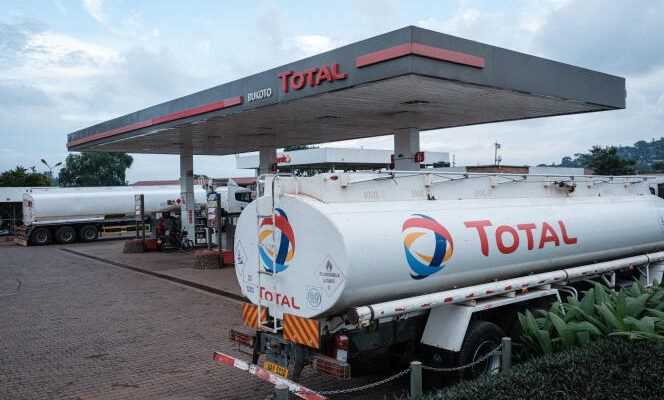“Fly me to the moon”, sang Frank Sinatra (” Take me to the moon ”). The main hydrocarbon companies understand it rather as follows: their projects for future oil or gas pipelines represent 211,849 kilometers; the equivalent of more than half of the Earth-Moon distance. Not to mention the terminals, moreover, for liquefied gas, the path to carbon neutrality already seems to be long.
For the first time, the “Global Oil and Gas Exit List” aggregates data from 887 oil and gas production companies. A German environmental protection association, Urgewald, compiled and published them, Thursday, November 4, in order to encourage people to get out of hydrocarbons in the midst of COP26 in Glasgow, where the debates underline the urgency of reducing the polluting use of fuels. fossils.
A surplus
Contrary to the recommendations of the International Energy Agency, a majority of the companies listed – 95% of them – are exploring or planning to develop new hydrocarbon reserves. From “Short-term expansionists”, at the top of the list, the French company TotalEnergies (formerly Total). It could be required to produce, in principle within one to seven years, a cumulative 4.3 billion barrels of additional oil equivalent – knowing that it already produces around 1 billion per year.
“We must put this blacklist of climaticide companies out of harm’s way” Lorette Philippot, campaigner for the French branch of Friends of the Earth
Six companies, located outside Europe, should register an even greater surplus: the national company of Qatar (20 billion barrels in addition), the Russian Gazprom (16 billion), that of Saudi Arabia (15 billion), as well as an American firm (Exxon Mobil), or those of the Brazilian state (Petrobras) or Turkmenistan (Turkmengaz).
Contacted by The world, TotalEnergies ensures that its oil production “Will reach its peak during the decade before decreasing”. Despite its oil project in Uganda or that for liquefied natural gas in the Arctic, the companye declarese “have been committed, since 2015, to a profound transformation”. With “The ambition to become one of the five largest global players in renewable (energies) by 2030”, which would require a deployment of wind and solar power.
For the year 2020, the multinational is still in the “top 10” of the main producers of tar sands (unconventional oil), or even those active in ultra-deep water.
You have 20.57% of this article left to read. The rest is for subscribers only.
